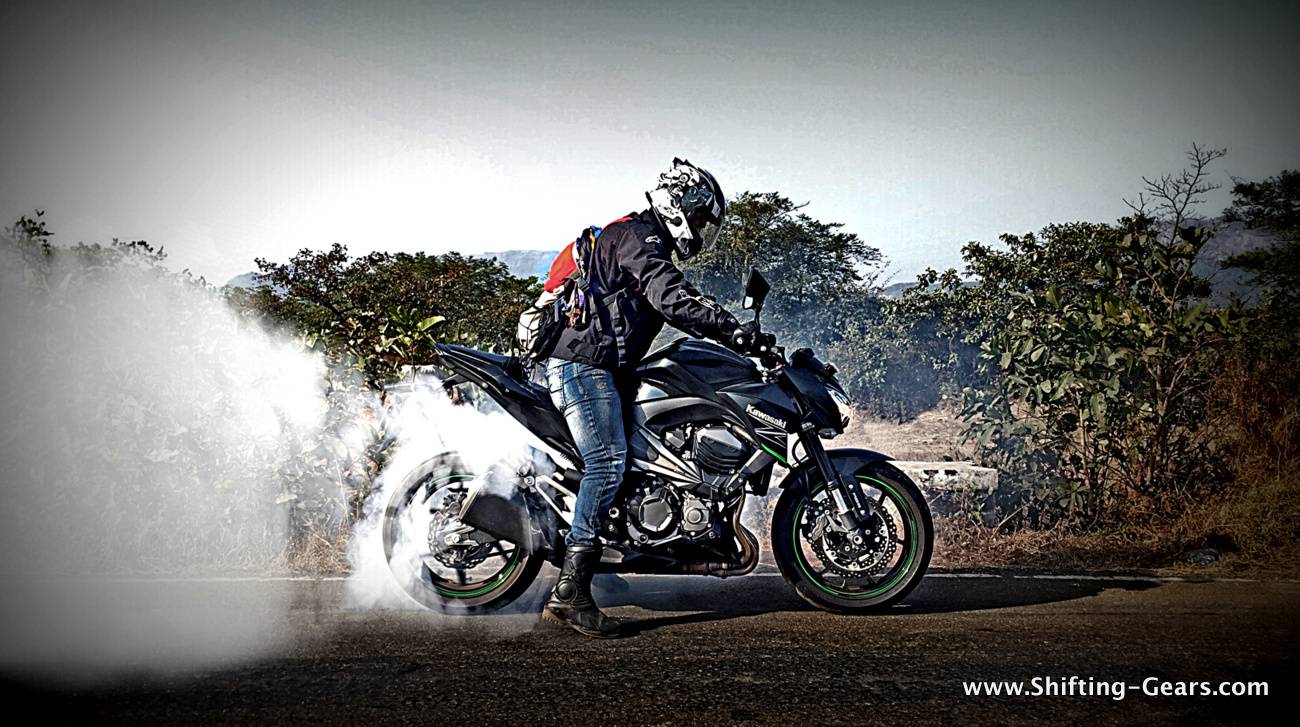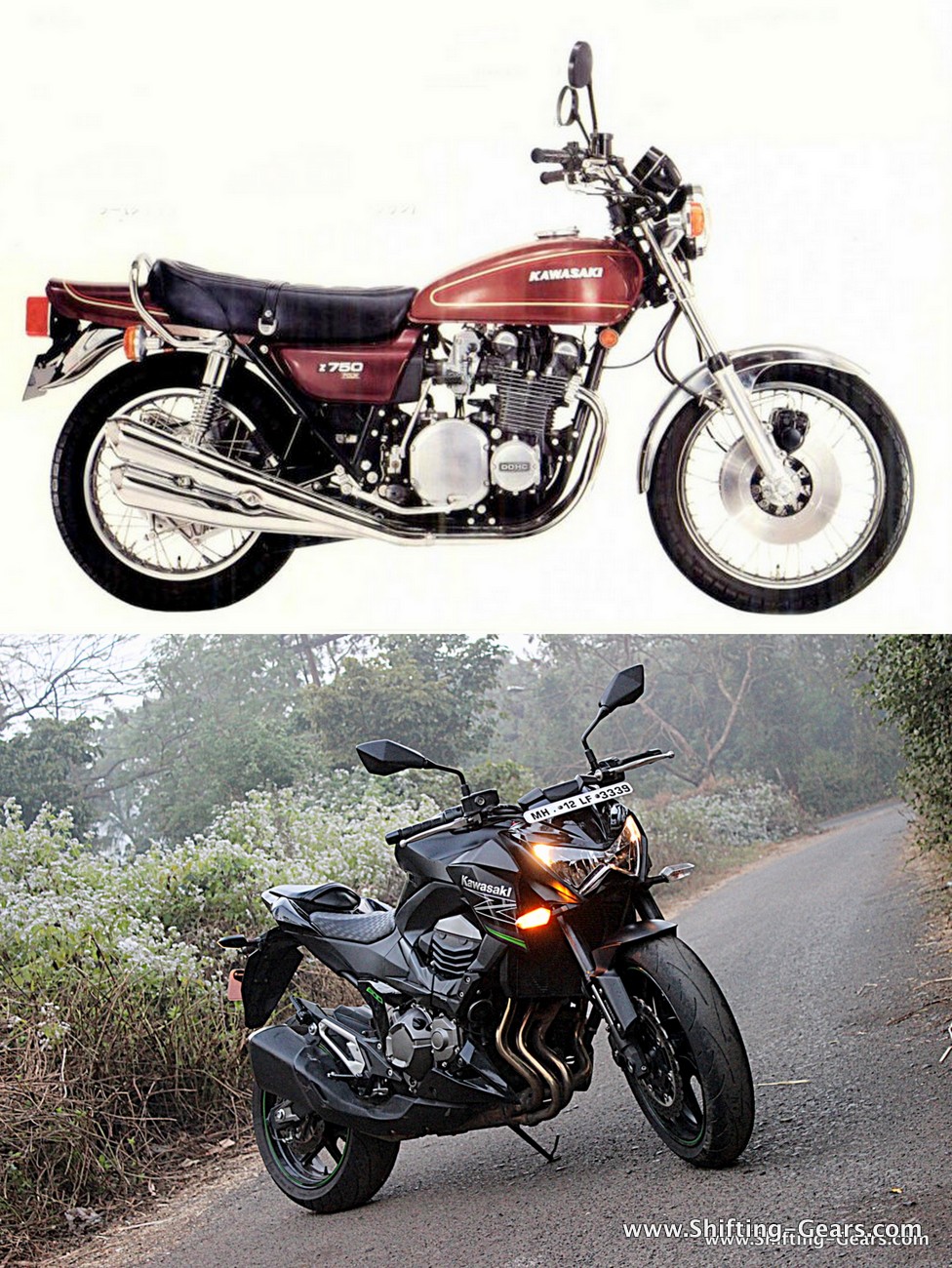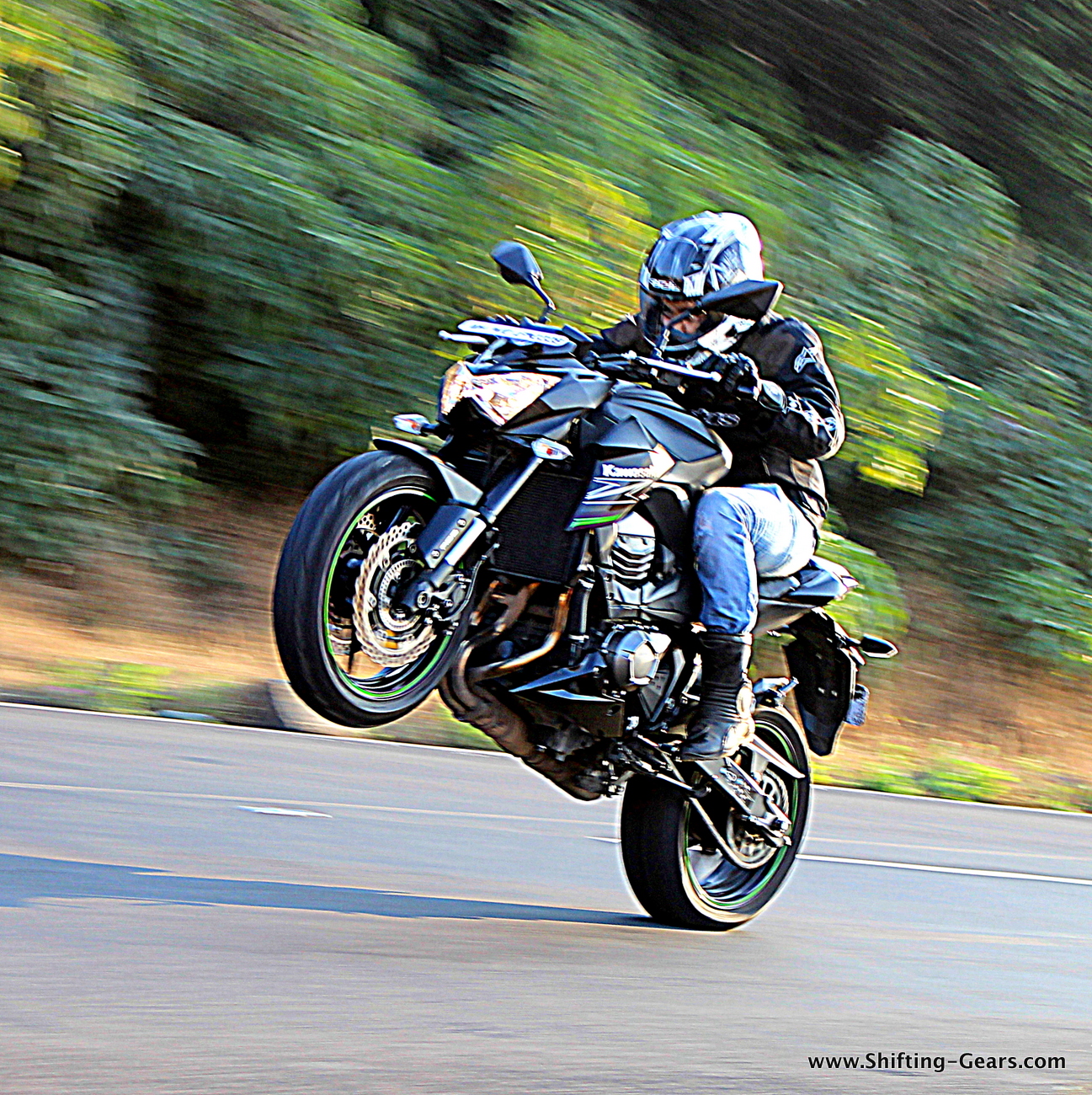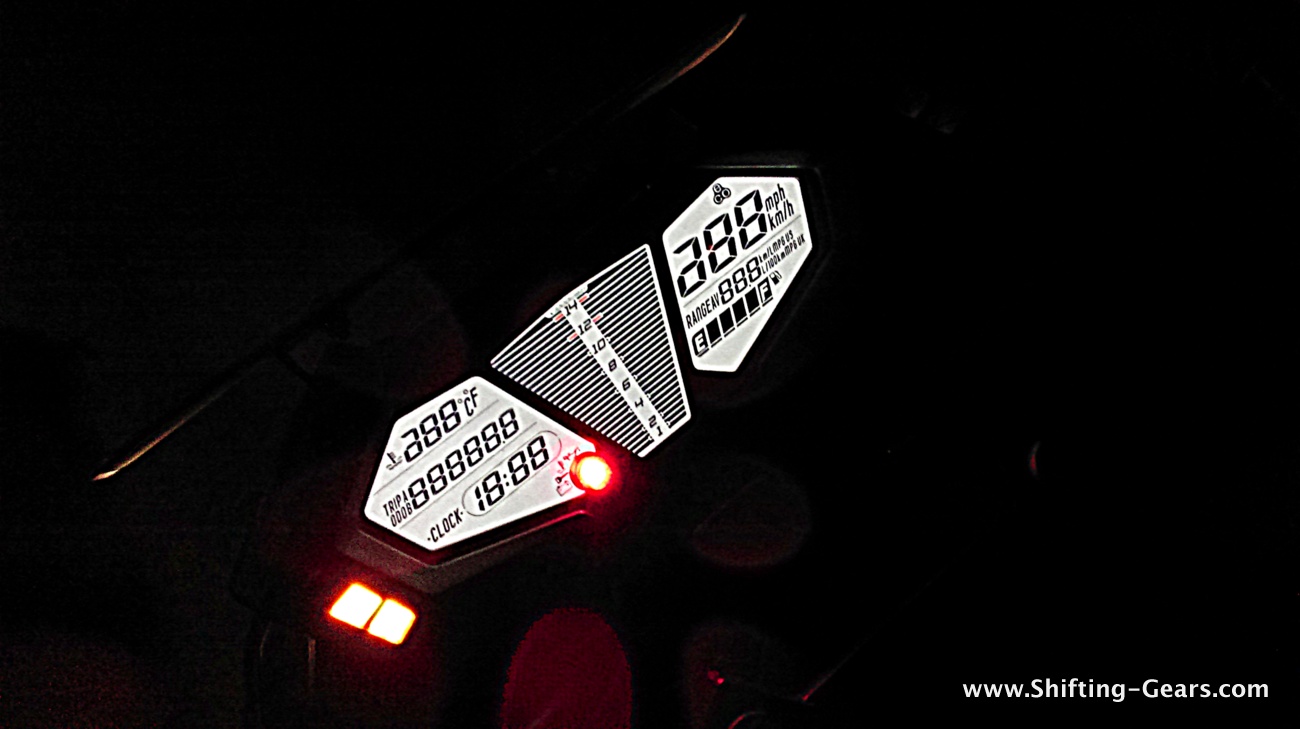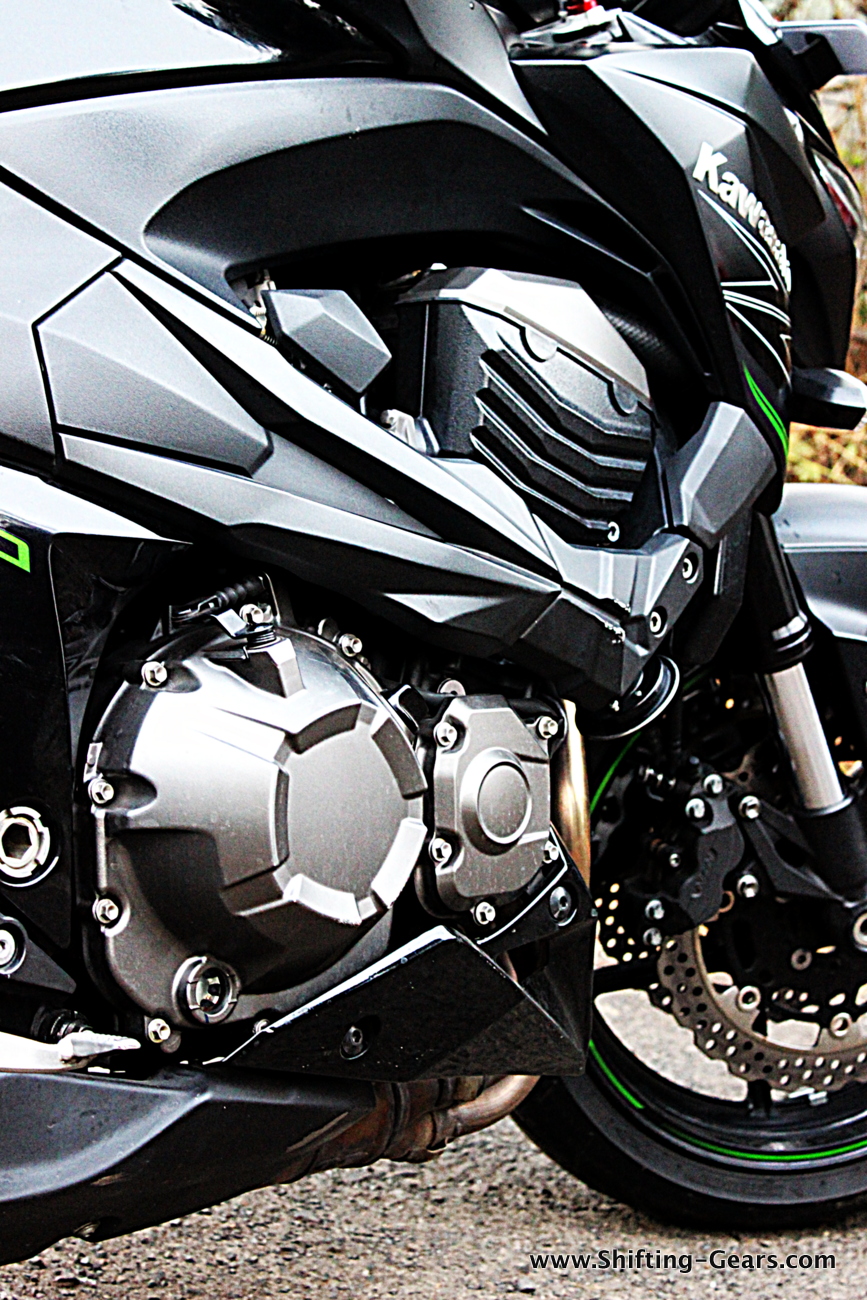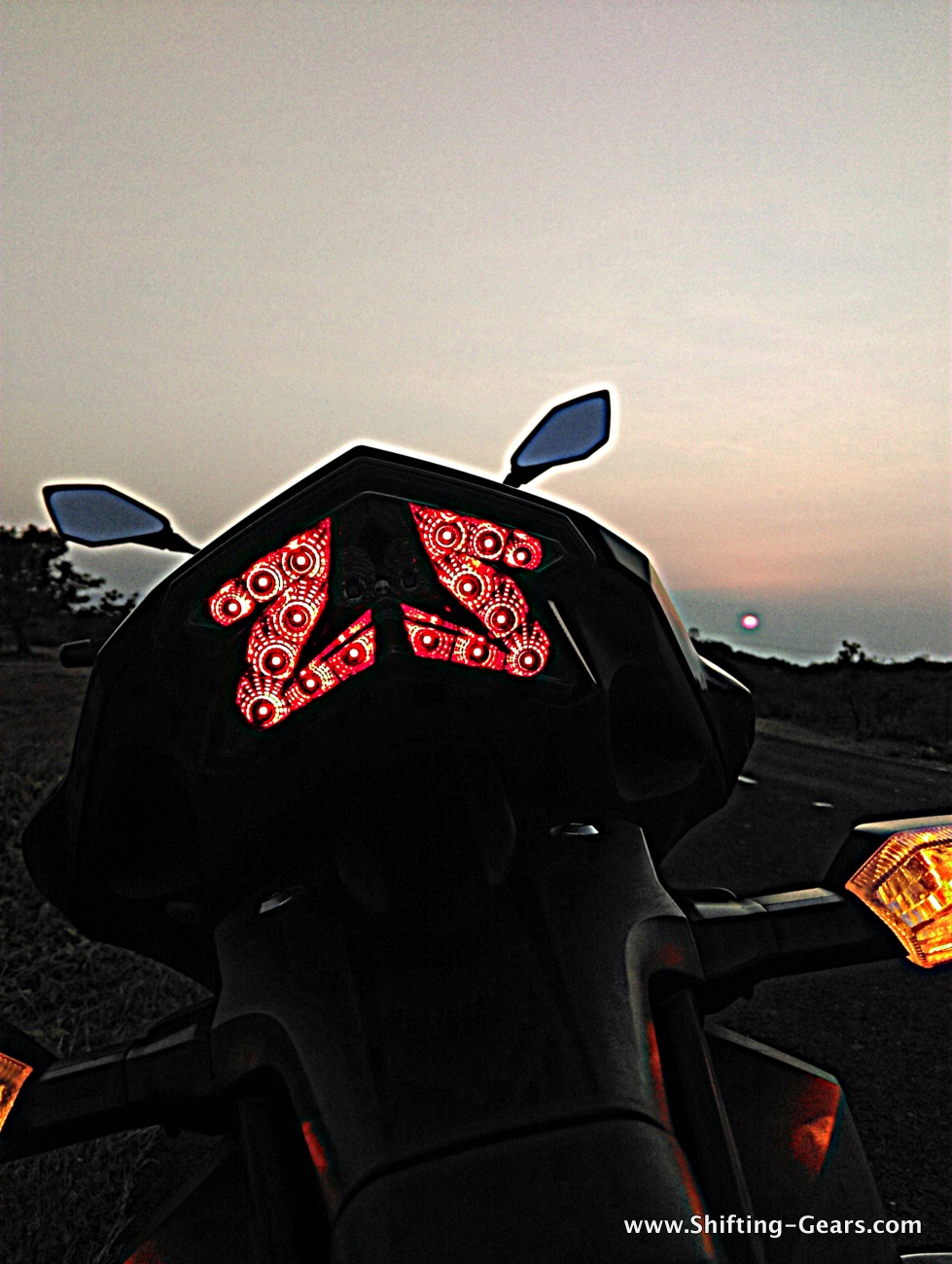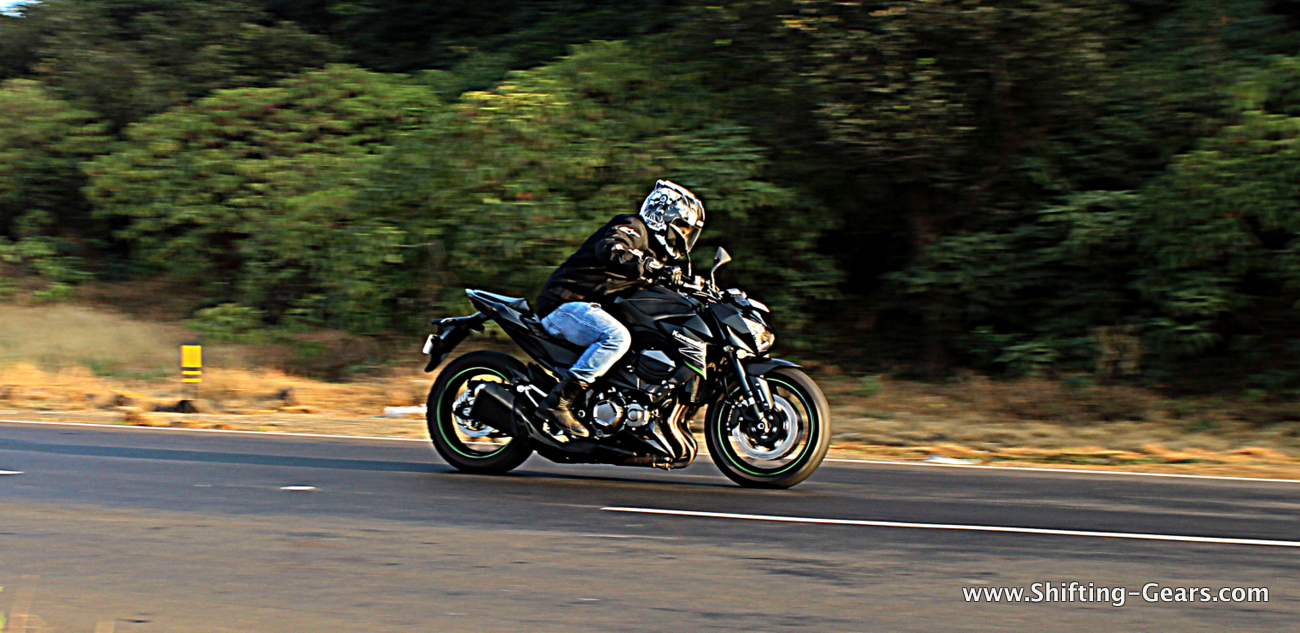The superbike culture in India is growing big time, and this is evident by the number of superbikes being launched in India in the past couple of years. Only a handful of brands are yet to enter the Indian market, while everyone else offers everything from the entry-level to their flagship superbikes here in India. One such brand, is Kawasaki. Kawasaki is not a new brand for the Indian two-wheeler buyer. Previously, Kawasaki manufactured motorcycles along with Bajaj, much like Hero did with Honda. But moving forward, the duo split and Bajaj went on in the Indian market all-alone, while Kawasaki stepped out. Later, the Japanese manufacturer returned to the Indian market, again with Bajaj, but this time, as a local partner to assemble their performance motorcycle range in India, starting from the Ninja 250R. Kawasaki locally assembles some of its performance motorcycles at Bajaj’s Chakan facility near Pune, while the rest are brought to India via the CBU route. However, the duo has split again with Kawasaki setting up a separate manufacturing facility within the Bajaj campus known as India Kawasaki Motors (IKM). IKM is built around a 10,000 sq. m. area with an annual capacity of assembling 5,000 CKD motorcycles.
As of date, Kawasaki has a total of 8 products lined-up for the Indian market. 4 under the Ninja umbrella and 4 under the naked ‘Z’ series. With more and more people now looking at superbikes, the focus has shifted from owning a sedan / hatchback as a commuter to zipping around on a performance motorcycle. With this being our primary focus, we took the Kawasaki Z800, which is still the cheapest in-line 4-cylinder motorcycle in India for a daily commute test review. Did you know that the Kawasaki Z800 has evolved out of the Z750 which was launched way back in 1976? Interesting right? Kawasaki also recently dropped the price of the Z800 by Rs. 55,000 making it even more affordable and giving the Triumph Street Triple quite a blow. The Z800 is now noticeably cheaper than the Street Triple and almost 25-30% more powerful when it comes to the BHP figure. So how does the Z800 perform if you wish to use it as your daily ride? Does it make commuting easy? We found out…
Styling:
If you’ve seen what the first generation Z series of motorcycles look like, the current crop is very radical to look at. The Z800 might not be as sharp and imposing like the bigger Z1000, but is almost up there to leave an impression. Dimensions are the right mix of a compact, sporty motorcycle which can be pushed around the city and on the highway with ease.
At the front, although a naked motorcycle, the headlamp makes quite a statement. Wicked is one word which is apt for the way the bike looks from the front. If you browse on our Facebook page, you’ll find some terming it as a Decepticon from the Hollywood flick Transformers. But then, it does justify all these statements. The headlamp is pulled back (upwards) from either ends and has a twin-pot layout. While the bikini fairing is seen in matte black paint, the wind deflector on top gets a glossy plastic panel. Number plate mounted on top of the wind deflector is quite a spoiler, and we are sure many will get this off, and stick the number plate on the front mud guard. The wind deflector however is a small unit, and does not completely cover the instrument console, which is exposed when you look at the bike from the front end. The upside down, 41mm inverted front fork are also seen in black. The front mud guard gets a matte finished plastic and gets a small ABS decal, which is a standard feature. Alloy wheels get a green rim stripe, to signify the Kawasaki branding and hold the dual 310mm petal disc brakes.
The matte black paint / plastic job on the Z800 looks fantastic, but is a dust magnet. You will struggle to keep it clean on a day-to-day basis with dust accumulating somewhere after every ride. More than the front, the side profile of the Z800 is more striking. Most noticeable, is the chassis which envelopes the engine on either side. It is quite unique the way this component is designed, to work mechanically as well as aesthetically. Engine is seen painted in dark grey with a hint of silver on the cylinder heads. The sculpted tank has enough room for your knees when playing around in the corners. While the fibre components on the sides of the tank get a matte plastic finish, the centre or the main tank is seen in gloss black paint. These side panels add a lot more muscle to the tank and make the bike look bigger. The floating side cowl does not have a ‘Z’ shape like the Z250, and they only partially cover the radiator from the side. These side cowls get a ‘Z’ decal along with the Kawasaki branding. Below, 4 exhaust pipes are completely exposed. Yes, the bike gets a pseudo engine underbelly, which is actually mounted only on the side, and does not extend below the engine. So make sure not to take a hard bump, as the pipes will take the hit. Behind, the short exhaust pipe end-can has two outlets, and this lets out quite a symphony when you revv all the way up to the redline. Side panel gets a small ‘800’ sticker in green. Split & step-up seats get different detailing. The rider seat gets ‘Z’ texture all over while the pillion seat is wrapped in a glossy black material.
At the back, it shows how much effort Kawasaki has put up in detailing, only by looking at one single feature – the tail lamp. The LED unit gets a ‘Z’ patten illumination which looks fantastic. One look at the bike from the rear end and you know it is a Z800. The bike neatly tapers towards the top, and the pillon footpegs do not hang from the top to interfere in this design. The pillion footpegs are mounted together with the rider rear-sets. The massive 180mm section rear tyre is completely exposed and does not get a tyre hugger. Rear wheel holds on to the single 250mm disc brake. The rear mud guard / number plate mount is reasonably long to protect from the mud spray during monsoons. It gets a small extension which can be easily removed during the dry season.
The Z800 overall packs enough visual punch to have heads turning at a traffic light. If you want a looker, you can’t go wrong with this Kwacker.
Instrumentation & ergonomics:
The instrument cluster on the Z800 is quite fancy. The all-digital LCD unit is split in three parts. The centre section working as a revv counter, the left displaying the odometer, trip meter, clock & engine temperature while the RHS section displaying the speed, digital fuel gauge, average fuel economy, instantaneous fuel efficiency and DTE. A couple of tell tale lights are located on the edges of the instrument cluster. Backlit in white, the cluster brightness is well maintained and does not trouble your eyes much while riding at night. A gear indicator would have rounded it off well.
Handlebar placement is spot-on and it has a right balance between comfortable and sporty. Where taller riders with longer arms will find the seating position upright, those on the shorter side will find it a bit more committed. Switchgear plastic used is average quality, not too good, and not bad either. You get a hazard light switch on the LHS for times when you want to indicate an obstacle to the riders behind. Rear view mirror has a diamond like design, but show too much of your elbows while riding.
Hop of the Z800 and the 834mm seat height actually doesn’t feel too tall. Riders of a height 5.6″ and above will find the Z800 manageable. Seat compound is slightly firm, but will work decent when on long rides or when on a track. The riding position although upright, is slightly front biased, giving you a sporty feel to attack the corners. Crouching down however is a waste since the tank bulges up significantly and hence, crouch or no crouch, wind blast cannot be avoided. For the pillion, the seat although small, is very comfortable. Our pillion rider who was used to the high seating position of a Yamaha R15 said he was much more happy here and would ride along without complaining. The pillion also gets a recess under the seat to grab when then rider is in an enthusiastic mood.
Engine, performance & handling:
While the Z800 is almost one year old in the Indian market, our primary focus was to check how the bike fares if one wishes to use it as a daily commuter.
The Kawasaki Z800 is powered by a 806cc, liquid-cooled, 4-stroke, in-line 4-cylinder naturally aspirated petrol motor producing 113 PS of power @ 10,200 RPM and 83 Nm of torque @ 8,000 RPM mated to a 6-speed gearbox. Just for reference, let’s check the figures from the closest competitor.
- Kawasaki Z800: 806cc, 4-cylinder petrol motor producing 113 PS & 83 Nm
- Triumph Street Triple: 675cc, 3-cylinder petrol motor producing 79 PS & 57 Nm
Being cheaper than the Triumph Street Triple, there is no doubt why the Kawasaki is more popular than the British competition.
Start the Z800 and the 4-cylinders wake up with an aural bliss. The bike, even at idle sounds really good. That too with a stock setup. The motor is butter smooth and there is no vibration or harshness felt either on the handlebar or on the rider footpegs. Everything is bolted on tight and there is no shake-dance visible at all.
Slot it in first, and the bike can pull away without any throttle input. The clutch weight is medium and one can get along with it easily and is not too heavy on your fingers when riding for longer hours. At city speeds, the bike is completely at home and zips around with a soft humming sound. Yes, the exhaust note is audible to other motorists, but is not at all explosive when riding within 3,000 – 4,000 RPM. The gearbox is slick, and the gear shifts are precise. Not once did we miss a gearshift or false shift during our 600 km ride. The bike is even open to a clutchless gearshift forgiving you at times when there’s too much to handle. We used the bike for around 200 km in the city in one day, and were surprised how well it behaved. It was a relatively cold day, and hence, rarely did the engine temperature rise above the 100 degree mark, except for a traffic light. While cruising, the bike maintained a cool 80 degree temperature. Heating is well managed and the way the engine is positioned, you do not feel all the heat on your feet while standing at a red light. Your legs are fairly behind the engine, allowing the heat to pass elsewhere. Commuting in the congested streets of Mumbai, we let the bike drop to speeds below 40 kmph in the 6th gear and still, the bike managed to get back up to triple digits with ease. There were no signs of knocking at all. Yes, there was a mechanical clatter while doing so, and we do not suggest lugging the engine, but say if you happen to be too occupied in thoughts to drop a couple of gears, the Z800 will still manage to move away without stalling the engine. So if you ask us if you can buy the Z800 as your daily ride to office & back, our answer would be yes. It is a well balanced, forgiving Japanese piece of tech which one can enjoy riding in the city. Not to forget the eyeballs you turn while zipping around.
Move over to the highway and the calm and composed motor shows you the other side. Wring the throttle and the 113 PS of power accelerate the bike well over 130 kmph in the first gear itself. While doing so, the front end does feel a little loose or on the verge of lifting up, but the fat rear section holds up the bike well and allows you to point-and-shoot. Power delivery is refined but you do feel a surge in the acceleration on higher RPMs, say 5,000 RPM and beyond. Even the exhaust note changes a bit when revving hard from lower revvs all the way to the redline. Mid-range punch is more than adequate for those highway overtakes and all you have to do is wring the throttle rather than a downshift. Achieving speeds of over 150 – 200 kmph is a breeze and the top end is where the engine really shines. Everytime you twist your wrist though, there is a slight lag when the engine builds the revvs. It is not too bad, and some won’t even notice. But say if you’re riding slow and suddenly want to hammer it, it is noticeable. The slipper clutch maintains composure when you drop gears while entering a corner syncs well with ones aggressive riding style. The exhaust note on high RPMs will do enough to clear up the road ahead, its that loud even on a stock setup. For comparison, the Z800 is noticeably louder than the Honda CB1000R. On the twisties, the Z800 is a fun motorcycle. We say fun, because it does not get the controlling traction control. Once used to the bike, you can throttle a bit extra and enjoy the rear sliding out. However, this might get the newbie riders unaware and we suggest first understanding the throttle response before attacking the corners.
Weighing 229 kg, the Z800 is a heavy machine. Arch rival Triumph Street Triple weighs merely 183 kg and this can make a worlds difference in the power-to-weight ratio. Forget the Triumph, the Z800 is heavier than the bigger Z1000 as well. The reason is the old-school architecture of the Z800 and we are sure that the next-generation model would be much lighter. The weight however is not a deterrent to the fun factor. The bike handles well and turns into a corner nicely. The ride and handling department is well balanced and newbies will get used to it quickly. Within the city the weight however can annoy you a bit. Say when moving around stop & go traffic and pulling the bike back & forth. U-turns are also a bit wider and hence, one needs look for a wider patch to get to the opposite side without having his foot down. Suspension setup is compliant and suits Indian highways & city roads. The bike soaks the bumps well without unsettling the rider or the pillion. Don’t account it for being too soft though. The bike stays composed even mid-corners while carrying speeds. Wind blast is a major issue, as is the case with all naked bikes. Riding up to speeds of 90 – 100 kmph is fine, but anything beyond that is simply tiring. We pushed the bike around the Mumbai – Pune road for over 30 minutes and by the time we came to a halt, we were tired because of the wind blast. The small aftermarket wind deflector also won’t do much to cure this issue.
The Pirelli tyres are fantastic and stay glued to the road at all times. The nimble handling characteristic comes because of these tyres as well. Even on slightly wet roads, the tyres did not slide out due to excess power being sent to the rear wheel. Braking performance is adequate and the ABS works well. We tried panic braking and the ABS doesn’t kick-in in a way to scare the rider. One can easily modulate the brakes in such situations and avoid a mishap. Stopping distance due to the ABS combined with the grippy Pirelli compounds is on the positive side.
At Rs. 7.35 lakh (ex-showroom Pune), the Kawasaki Z800 is the cheapest 4-cylinder superbike money can buy in the Indian market as of date. Quite a looker, and even a performer within the city or on the highway, the Z800 offers a good mix to the enthusiasts. And for those who are interested in knowing the figures, the bike managed to give us a tank range of 180 km when revving hard and around 300 km when riding a little sane. So if you’re looking for an all rounder, we recommend that you give the Kawasaki Z800 a shot. It can work as a brilliant entry-level sportsbike for those coming from smaller capacity performance motorcycles.

